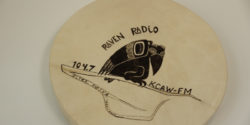For most people living outside Alaska, if they’ve heard of Sitka it’s because they’ve been on a cruise ship that stopped there. This small city of just under 9,000 people in the Southeast of the state, near the capital of Juneau, balloons in size when ships dock to give passengers an opportunity to take in the area’s natural beauty.
I visited Memorial Day weekend, experiencing bright sun, blue skies and high temperatures in the mid-60s. My friend Becky Meiers, who took over as General Manager of community and public station KCAW-FM in the fall of 2018, warned me that I was not experiencing typical weather. Though spring can be beautiful, this island region can also experience violent winds, storms and landslides.
As one of just three radio stations serving Sitka, KCAW, known as Raven Radio, is a vital lifeline for residents of the city and seven smaller towns in the area. I also visited one of these towns, Tenakee Springs, which has a single dirt road through town that does not permit cars–only bicycles and ATVs–and no cell service, though the library and many residents subscribe to satellite internet. Folks I was visiting with there talked enthusiastically of the station, which is dear to their hearts.
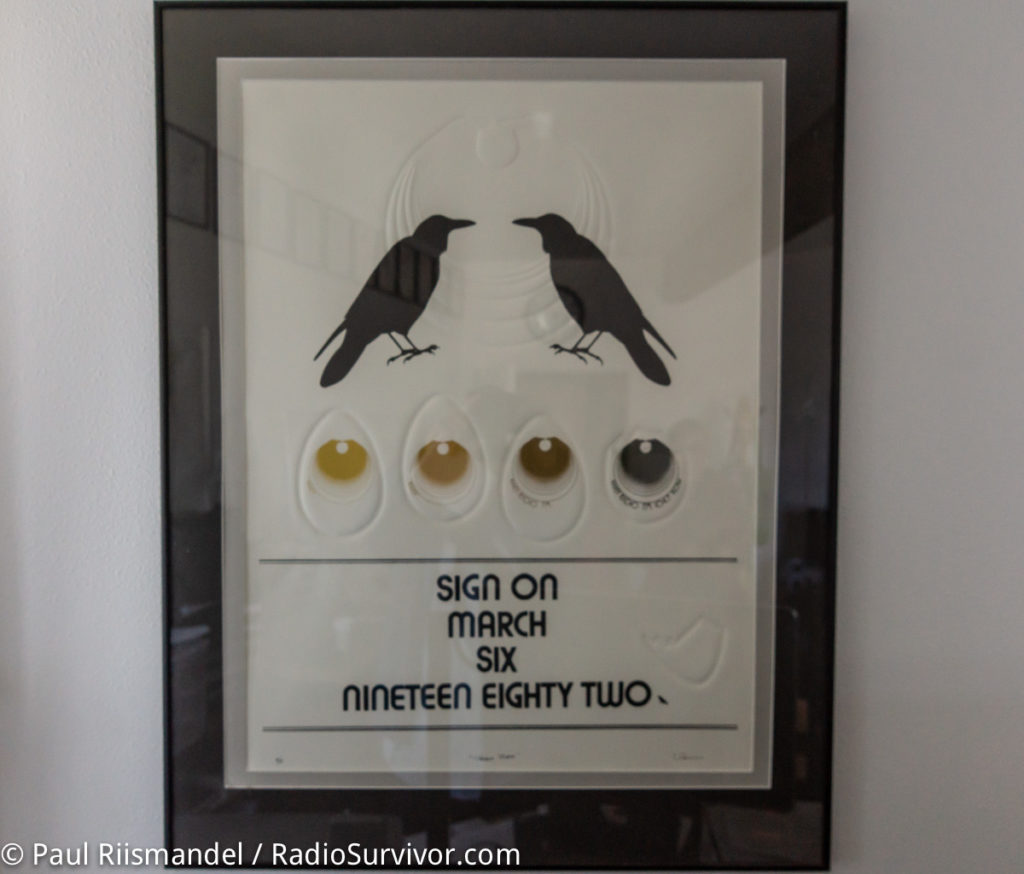
Founded in 1982, Raven Radio broadcasts a hybrid schedule of information and culture that includes public radio staples like NPR’s “Morning Edition,” alongside local news and volunteer programming. Listeners also tune in for detailed marine weather forecasts, updates from the city’s harbormaster and “muskeg messages.” Those are missives from listener to listener, the recipient often someone who might be fishing at sea or is otherwise inaccessible by phone or ‘net.
Raven Radio is the primary Emergency Alert System station for the region, and it’s not uncommon for residents to call the station for updates during power outages or other critical events to learn the latest.
A full-time staff comprises a general manager, program director, news director and city beat reporter. Paid journalism fellows also join the station in the winter and summer. Providing that local news coverage is a key part of its mission.
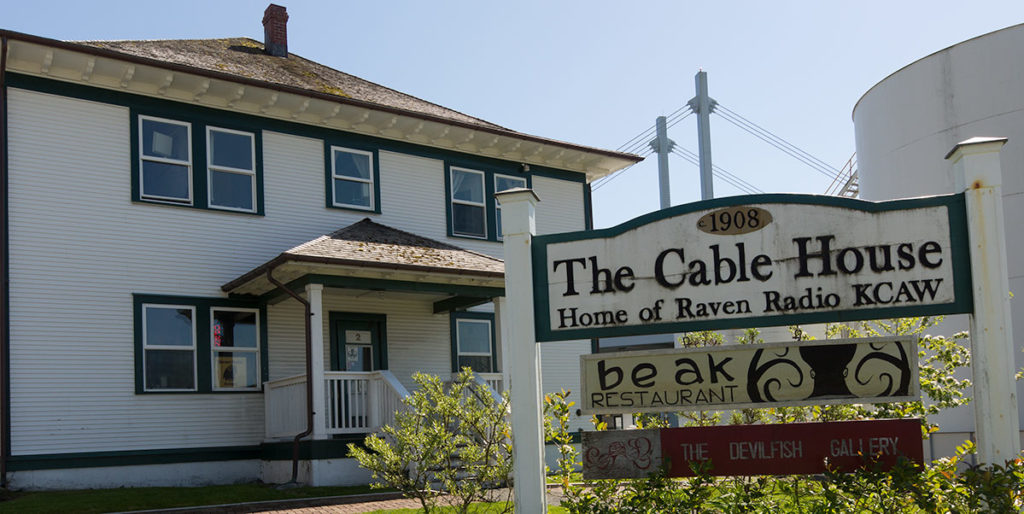
The station itself is located on the edge of downtown, near the water, just by the bridge that connects Baranof and Japonski Islands. Though car traffic passes over the bridge and around the city itself, there’s no driving to Juneau or the other communities the station serves, like Angoon or Kake. The only highway system is the Alaskan Marine Highway, a ferry service. The other option is a float plane, which is faster, but much more expensive.
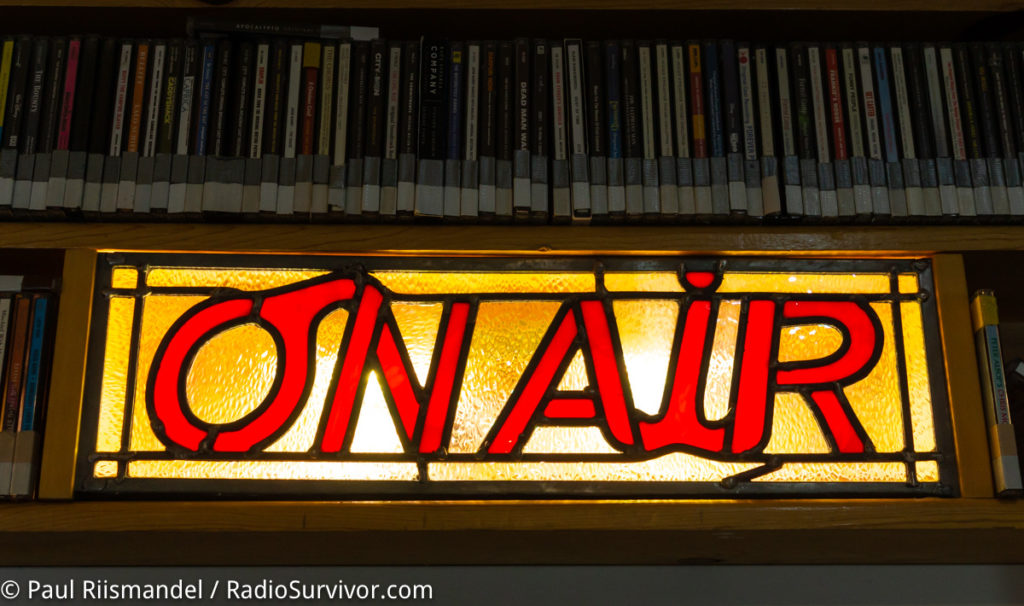
KCAW resides in a house, with the lower floor occupied by the restaurant, Beak, and the studios filling the second floor. There is one studio located downstairs, able to broadcast live performances from the restaurant, along with a small Raven Radio Retail Store, full of station swag.
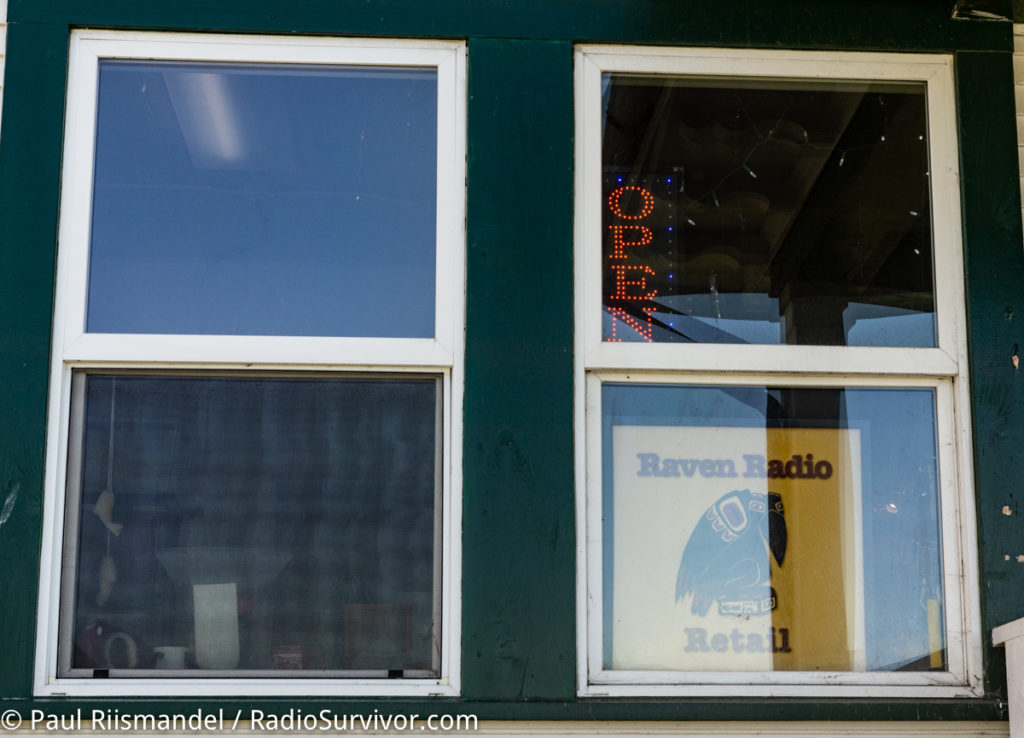
The upstairs station area was renovated in 2012 2011, featuring an open and airy common room, surrounded by a few offices, the main studio and newsroom. The walls are lined with CDs and vinyl LPs, along with station memorabilia, like the “Mug Museum” filling shelves above the kitchen area.
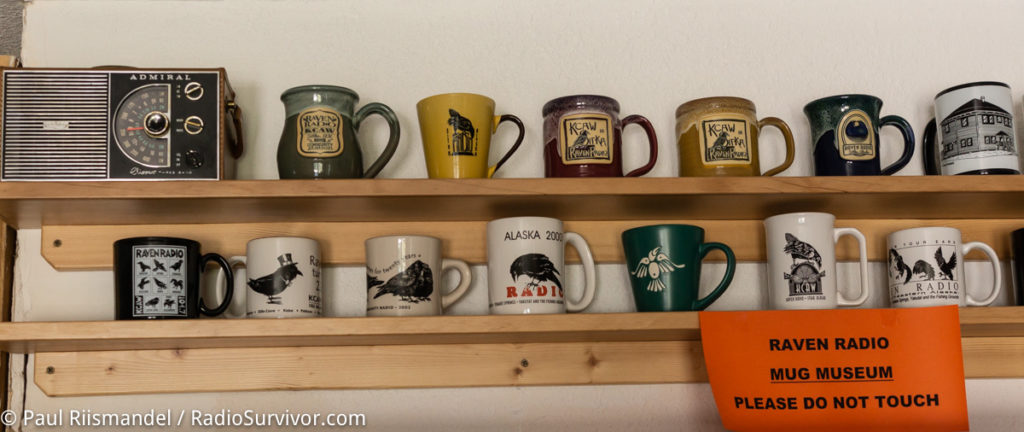
General manager Becky explained to me that the station features both public radio and community radio programming because listeners deserve news and information that connects them to the world, and to hear local voices and culture. She noted that there’s a strong tradition of radio theater. A documentary is in production about the 1980s serial, “Raven Haven Bay” that was produced there.
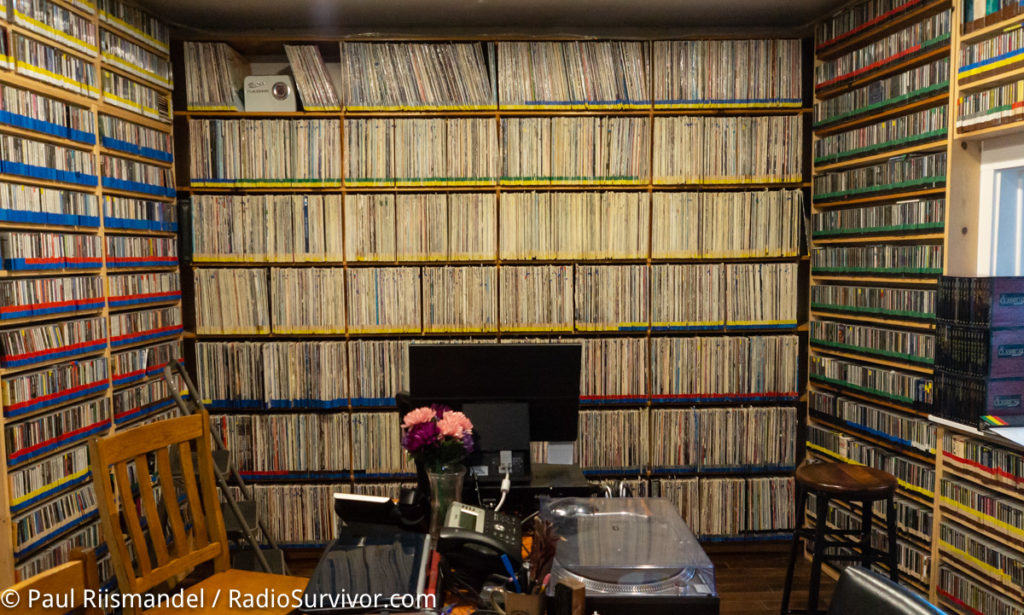
A vital mission of community media is to give a platform to voices and views left out of the mainstream media. But in Sitka and Southeast Alaska, KCAW is the mainstream. Becky said that even though there are plenty of residents whose views may contrast with what is sometimes heard on the air, they value and respect the public service Raven Radio provides, supporting the station financially. There’s a sense of community and inter-reliance that comes with living on a relatively remote island that contrasts with most other places in the continental U.S.
Of course, there is much to recommend Sitka, and Alaska, with more untouched natural environment than any other state, and stunning landscapes seemingly everywhere you turn. For anyone who loves the outdoors, the opportunity to hike mountains and boat or fish clear cold waters is tough to beat. I did my share during my time in the 49th state.

KCAW Raven Radio is a reminder of radio’s power and value to communities. Living in an urbanized area, like the majority of Americans, it’s easy to forget that radio is there, even when the electricity is out and cell service is down. But no community is immune from technological failures that can happen due to severe weather or natural disaster. It’s true that radio is still a technology, but a longstanding tradition of service lives on with at least a few stations in most cities and towns, where owners and broadcasters remain equipped and prepared for the worst.
But even in better times – most of the time – a station tuned in to its community, with real locals on air, is a lot more fun and informative to listen to. Just take a listen to Raven Radio.

